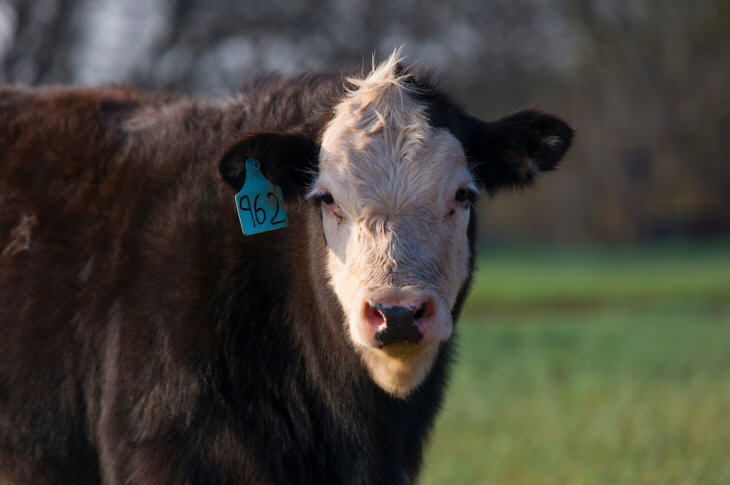
Shape of things to come fairly evident in the cattle markets
Friday, June 29, 2018
Feedlot cattle supplies are expected to tighten in the third quarter of this year, with fed cattle prices decreasing year over year; however, the timing of fed cattle marketings will reduce the price pressure relative to the second quarter of this year.
The June 1 Cattle-on-Feed report showed a feedlot inventory of 11,553 million head of cattle in feedlots of more than 1,000 head capacity. This is the largest June 1 feedlot inventory in the data series that began in 1996.
“That makes 18 straight months of year-over-year increases; in fact, feedlot inventories have been increasing year over year for 26 of the last 28 months,” said Derrell Peel, Oklahoma State University Cooperative Extension livestock marketing specialist.
Using a 12-month moving average of feedlot inventories, which removes seasonality and allows month-to-month comparisons of feedlot totals, shows the current monthly average feedlot inventory is the highest since November 2012. The on-feed total for June 1 was 104.1 percent of last year. The rapid buildup in feedlot inventories last fall and early 2018 peaked in March compared to last year with a feedlot inventory 108.8 percent of one year earlier.
“As was noted at the time, early placements fueled by poor winter pasture conditions doesn’t change to overall number of cattle and is offset later with smaller placements,” Peel said. “May placements were just fractionally higher than last year and followed two months of year-over-year decreases.”
May placements were higher than what a number of analysts expected but still within the average range of projections.
“Longer term, cattle numbers are still increasing and a general trend of growing feedlot inventories is expected for several more months, at the very least,” Peel said. “Placement patterns the last few months have impacted the timing of feedlot production and the fed cattle market has been struggling a bit under the weight of bunched fed cattle supplies in the second quarter.”
Report data shows May marketings were 105.4 percent of last year, in line with pre-report expectations. Annualized monthly average feedlot marketings began increasing in late 2015, following herd expansion that began in 2014. Current 12-month monthly average feedlot marketings are at the highest level since November 2011.
“Increased feedlot marketings translate into increased cattle slaughter and increased beef production,” Peel said. “Increased beef production in the second half of the year will depend on the how much cattle slaughter increases and on how much carcass weights rebound from last year’s decline.”
As of this writing, most analysts expect annual beef production to be up 4 percent to 4.5 percent year over year. May feedlot placements included a 9.8 percent year-over-year increase in placements of animals weighing less than 700 pounds, likely augmented by poor summer grazing conditions in some areas.
“However, at the same time, placements of cattle weighing more than 700 pounds were down 4.6 percent from last year,” Peel said. “This suggests feedlot cattle supplies will tighten relatively in the third quarter of 2018.”
Oklahoma is the nation’s fifth-leading producer of cattle and calves, according to USDA National Agricultural Statistics Service data. Cash receipts for Oklahoma cattle exceed $3.7 billion annually.
The Oklahoma Cooperative Extension Service is one of two state agencies administered by OSU’s Division of Agricultural Sciences and Natural Resources, and is a key part of the university’s state and federally mandated teaching, research and Extension land-grant mission.
